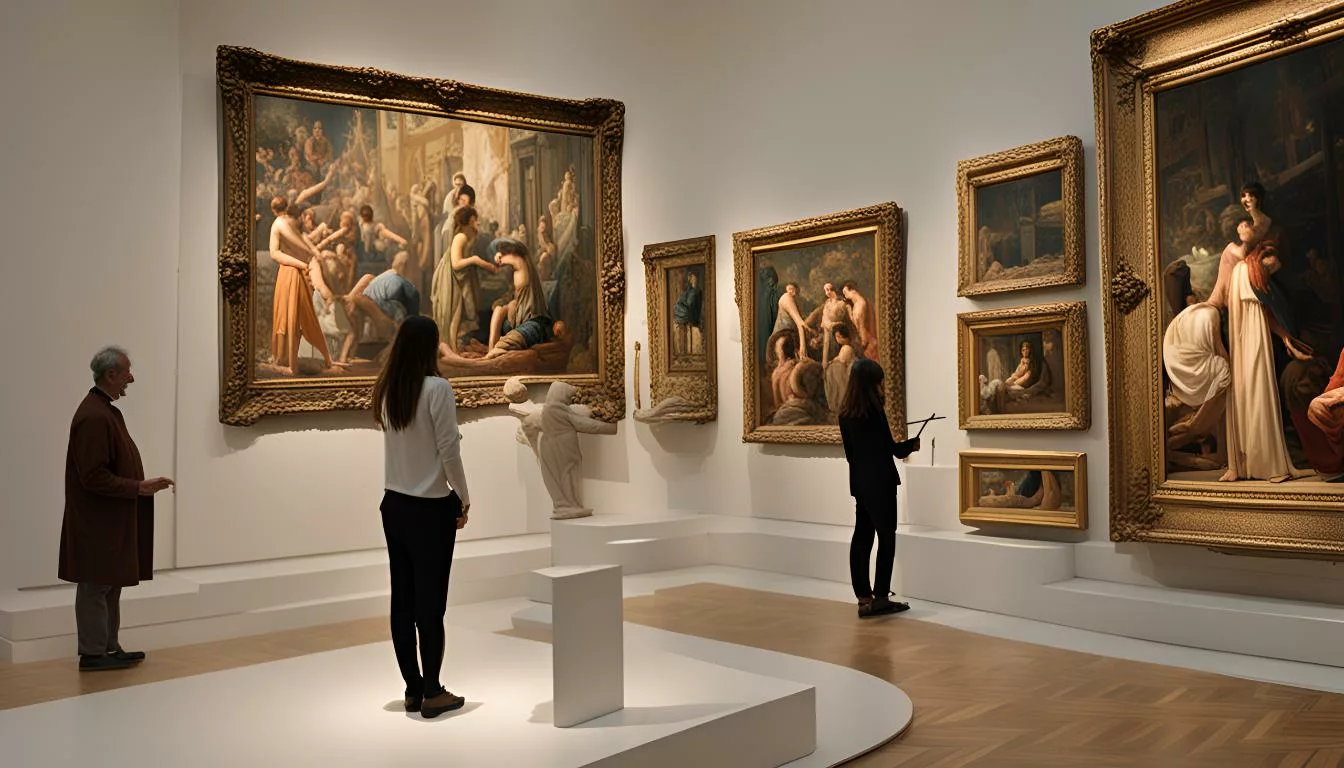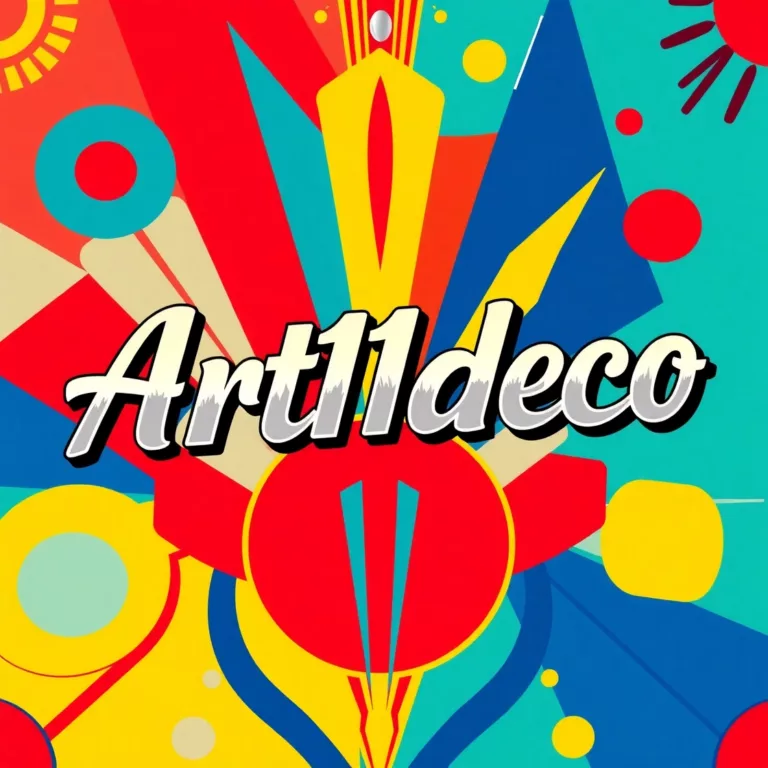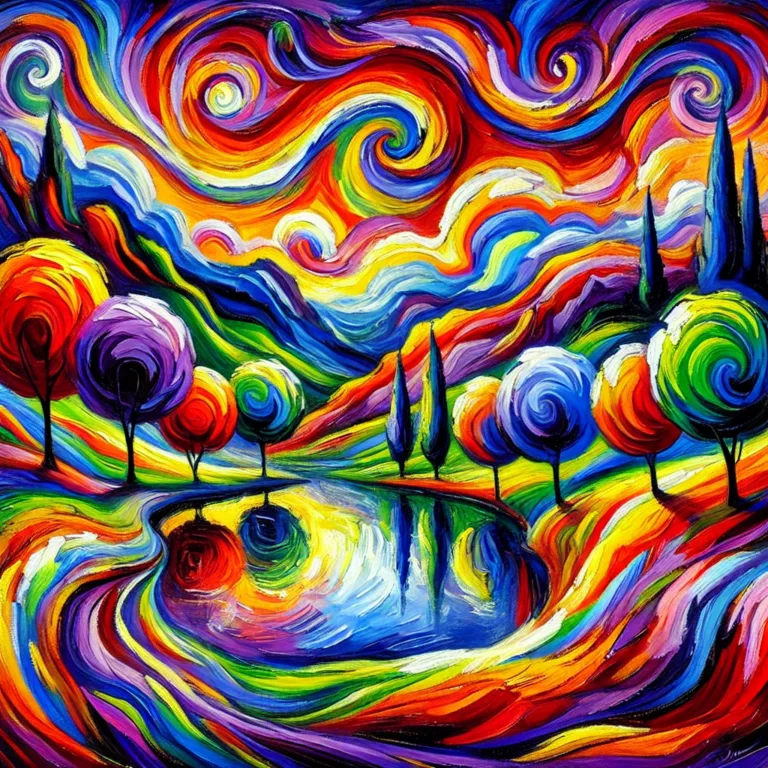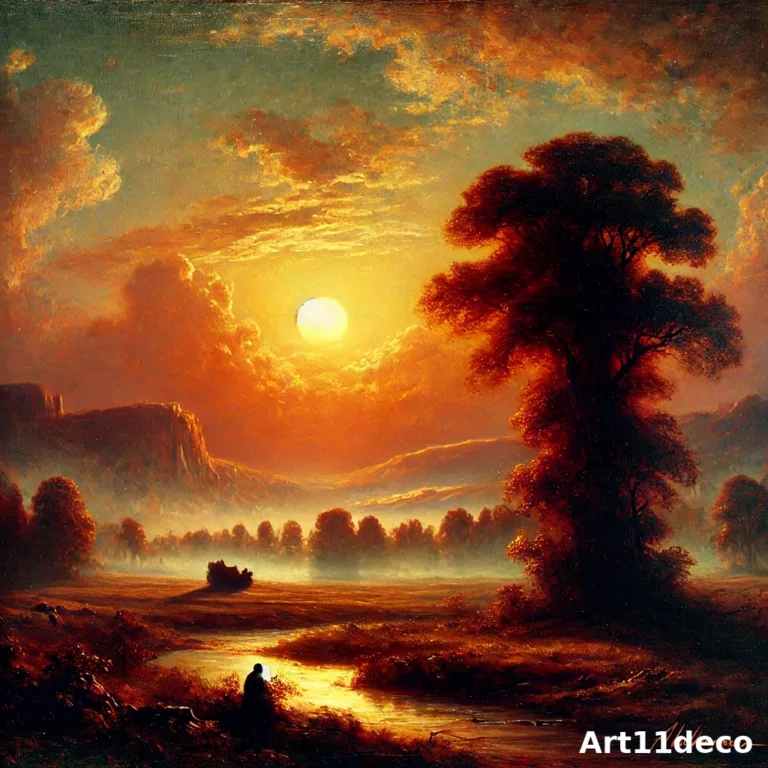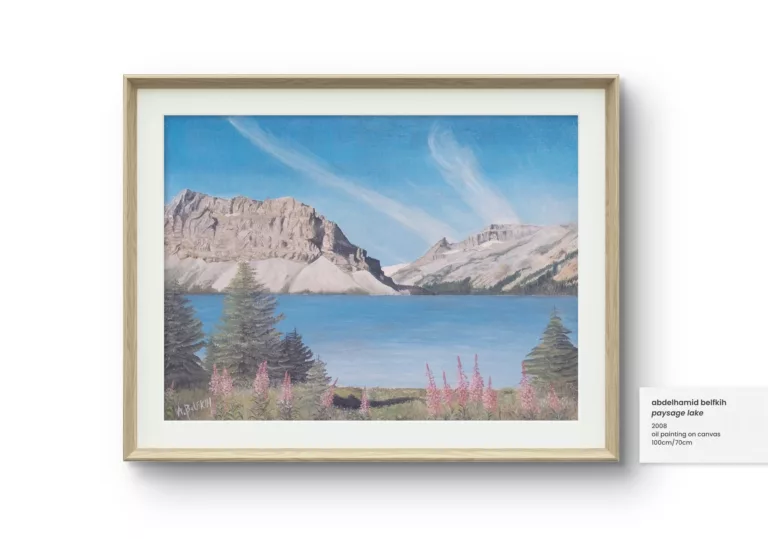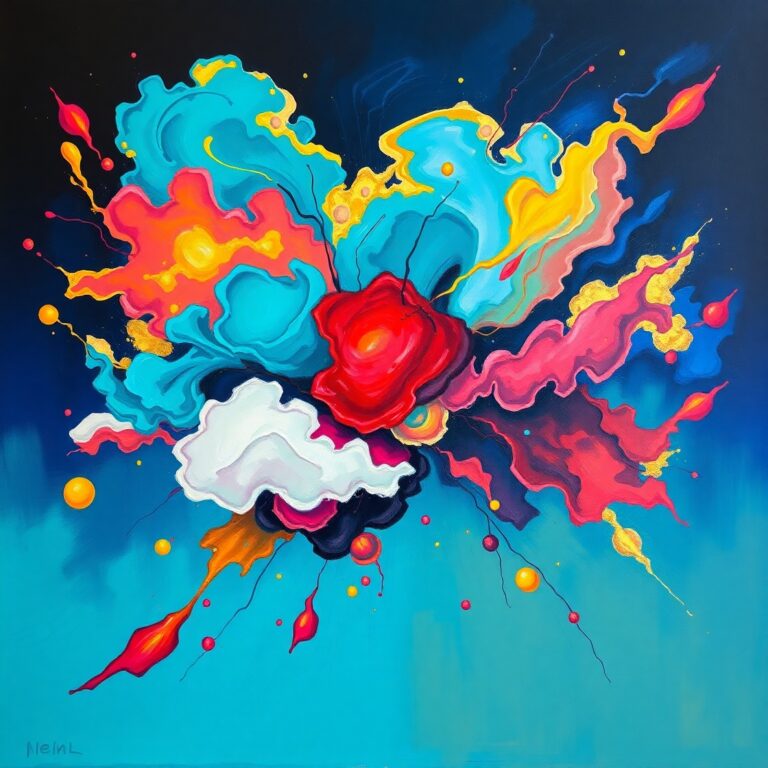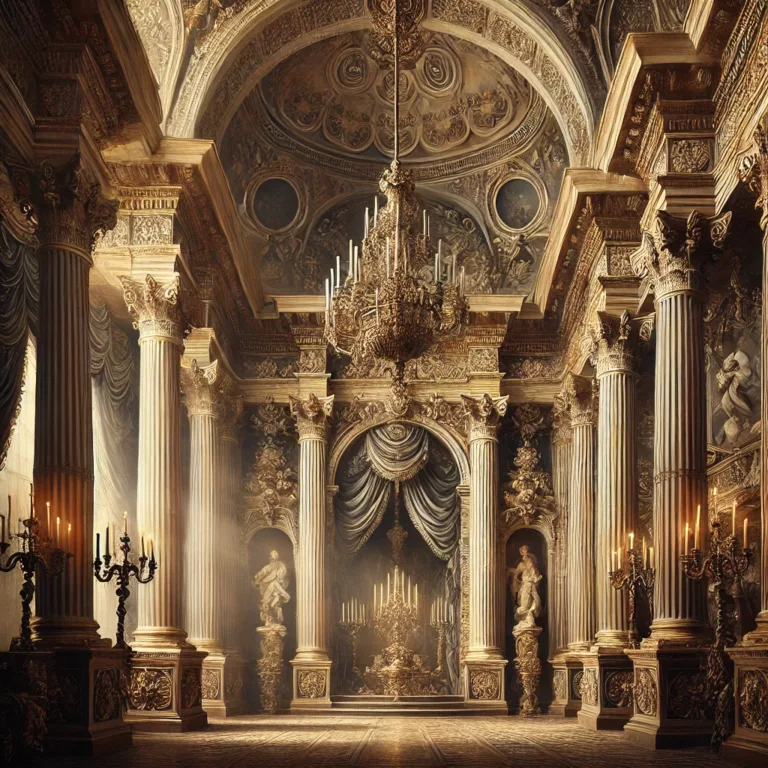The History of Visual Arts:
The history of visual arts is an inspiring story that reflects the evolution of human creativity across the ages, from primitive drawings on cave walls to modern digital artworks. This long journey is filled with cultural and intellectual transformations that have made art a mirror reflecting human dreams, fears, and aspirations. Let’s explore this fascinating journey together, focusing on the different artistic movements that have shaped the course of visual arts.
1. The Beginnings: Primitive Art
Thousands of years ago, early humans used art as a means to express their daily lives and spiritual beliefs. In the caves of Lascaux in France and Altamira in Spain, we find primitive yet powerful drawings depicting hunting scenes and animals. These works had a ritualistic significance, as humans believed that drawing animals would bring good luck in hunting.
2. Ancient Civilizations: Art as a Symbol of Power and Spirituality
In ancient civilizations such as Pharaonic Egypt and Mesopotamia, art became a powerful tool for expressing political authority and religious beliefs. Egyptian art, for example, relied on geometric harmony and precision, with sculpture and painting used to immortalize pharaohs and gods. The Sphinx and the wall paintings in the Karnak temples are stunning examples of this art.
3. Classical Ages: Greece and Rome
In Greek civilization, art reached a high level of sophistication, with artists focusing on ideal beauty and human proportions. Greek sculpture, such as Polykleitos’ “Doryphoros,” reflects the Greeks’ interest in symmetry and beauty. The Romans, on the other hand, added a more realistic dimension, portraying political and military figures with precision, as seen in the statues of Roman emperors.
4. The Middle Ages: Byzantine and Gothic Art
During the Middle Ages, the Christian Church dominated art, using it as a means to spread religious doctrine. Byzantine art, which emerged in the Byzantine Empire, was characterized by the use of mosaics and religious symbols, as seen in the Hagia Sophia. Gothic art, which appeared in Western Europe, was distinguished by intricate details and towering heights in cathedrals, such as Notre-Dame in Paris.
5. The Renaissance: Revival of Classicism
The Renaissance (14th to 17th centuries) was a golden age for visual arts, as classical Greek and Roman principles were revived. Artists like Leonardo da Vinci, Michelangelo, and Raphael focused on the study of human anatomy and perspective, producing works that were both realistic and ideal. Da Vinci’s “Mona Lisa” and Michelangelo’s “David” are among the most famous artworks of this era.
6. Baroque Art: Expressing Emotion and Drama
In the 17th century, Baroque art emerged, characterized by drama, movement, and intense emotion. Artists like Caravaggio and Peter Paul Rubens used light and shadow extensively to add dramatic depth to their works. Baroque artworks reflected wealth and power, especially in churches and palaces.
7. Rococo Art: Elegance and Ornamentation
In the 18th century, Rococo art emerged as a reaction to the seriousness of Baroque art. This style was marked by ornamentation and elegance, focusing on light and joyful themes. Rococo artworks reflected the luxurious lives of the aristocracy.
8. The Modern Era: Artistic Revolution
At the beginning of the 19th century, visual arts underwent radical transformations with the emergence of movements like Romanticism, Realism, and Impressionism. Artists such as Claude Monet and Vincent van Gogh used colors and brushstrokes freely to express emotions and personal impressions.
9. Impressionism: Capturing the Moment
Impressionism was an artistic movement that focused on capturing moments and light, as seen in the works of Claude Monet. Impressionist artists used bright colors and quick brushstrokes to depict visual effects.
10. Cubism: Breaking Down Forms
In the 20th century, Cubism emerged as an artistic movement that broke forms into geometric parts, as seen in the works of Pablo Picasso. This movement changed the way we perceive art and reality.
11. Contemporary Art: Diversity and Experimentation
In contemporary art, visual arts have become more diverse and experimental, blending traditional techniques with modern digital technologies. Contemporary artists use unconventional materials and explore complex social, political, and cultural themes.
The history of visual arts is a journey filled with creativity and cultural transformations. From primitive drawings to digital artworks, art has continued to be a mirror reflecting human dreams, fears, and aspirations. Each artistic movement has its own story and philosophy, making the study of visual arts an exciting adventure for students and art enthusiasts alike.
Art11deco

